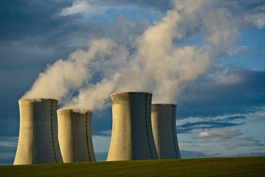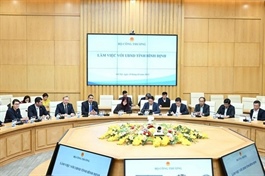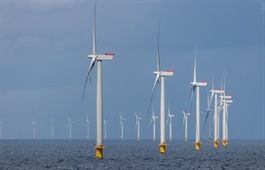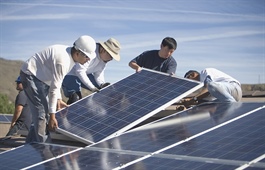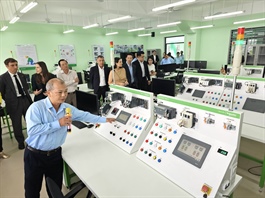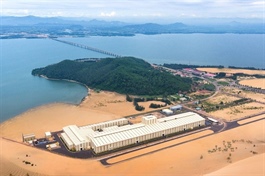Profits poured in for beer firms in 2024
Profits poured in for beer firms in 2024
The beer industry had a 2024 worth celebrating and is expected to flourish in 2025 following a hangover period caused by the COVID-19 pandemic, declining consumption, and restrictive policies.
Saigon Beer-Alcohol-Beverage Corporation (SABECO) released its financial report for the fourth quarter of 2024 on January 24, showing positive growth. The brewer reported net revenue of nearly VND9 trillion ($360 million), up 5 per cent on-year thanks to its efforts to optimise expenses. The reported after-tax profit was approximately VND 1 trillion ($40 million), a slight increase from the end of 2023.
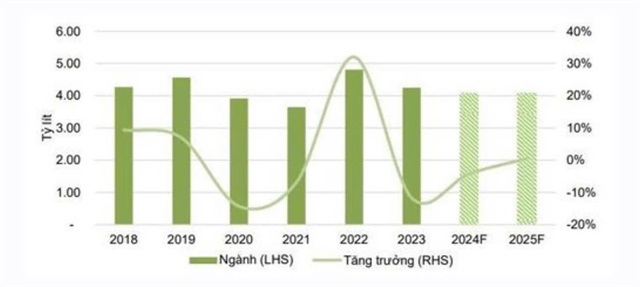
Beer consumption in Vietnam between 2018 and 2025. Source: Theleader.vn |
SABECO recorded nearly VND32 trillion ($1.28 billion) in net revenue and nearly VND4.5 trillion ($180 million) in profit after tax for the whole of 2024, a slight increase of about 5 per cent on-year.
The fourth quarter of 2024 was cause for cheers from many other beer firms. In the Northern region, Hanoi Beer - Alcohol - Beverage Corporation (HABECO) recorded impressive profit growth, far exceeding the annual plan.
HABECO's business activities improved remarkably in the final quarter of last year as it also implemented solutions to reduce production costs. Its net revenue increased slightly to more than VND2.27 trillion ($90.8 million), and net profit to VND113 billion ($4.5 million), up 76 per cent on-year.
HABECO reported a 6 per cent rise in net revenue to more than VND8.2 trillion ($328 million) for the year, an increase of 13 per cent in net profit to VND402 billion ($16.08 million). This helped the Northern beer giant exceed its targets for both revenue and profit in 2024.
Some market analysis companies have reported that Generation Z (those born between 1997 – 2012 is drinking 20 per cent less alcohol than Millennials (1981 – 1996). More health conscientiousness among consumers is also causing consumption to decrease.
According to NielsonIQ's research, consumers now favour products with low alcohol content and new flavours, with an average price higher than traditional products. In the last two years, low-alcohol beer products and 'easy-to-drink' flavours have been welcomed by consumers with consumption increasing by 35 per cent on year, especially in urban areas. In terms of selling price, mid-range and high-end products are dominating.
However, beer companies have also made progress in adapting to these new trends. SABECO and Heineken have researched and developed new products like low-alcohol, non-alcoholic beverages or cocktails, and low-alcoholic beers with easy-to-drink and novel fruit flavours.
For example, the Saigon Soju product line is a low-alcoholic, fruit-flavoured beer, and the 333 Pilsner Extra Smooth beer product has a sweeter taste, less bitterness, and lower alcohol concentration than the traditional 333 beer.
SABECO's biggest competitor, Heineken, is also gradually reducing alcohol concentration and adding new flavours in its products with Larue Smooth beer and Tiger Platinum product line.
For the overall industry outlook in 2025, Vietcombank Securities forecasts that the decline in consumption may slow as consumers become familiar with the new trends and incomes recover after a long period of belt-tightening.
However, the long-term view suggests alcohol consumption may struggle due to the recent crackdown on drink-driving. In addition, the roadmap for increasing the special consumption tax could also negatively impact the beer industry.
Shinhan Securities (SSV) believes that the domestic consumption market will recover well with soaring revenues from off-trade channels such as supermarkets, mini-marts, convenience stores, and traditional markets as consumers change their habits from consumption at points of sale, such as bars and restaurants, to drinking at home to mitigate risks.
However, SSV also warned that essential input materials for beer production such as barley, hops, and aluminium (accounting for about 40 per cent of the cost of goods sold) can be affected by several macro factors, such as supply chain disruptions and increased logistics costs due to political fluctuations, rising oil prices, and global aluminium demand.
- 17:41 21/02/2025



